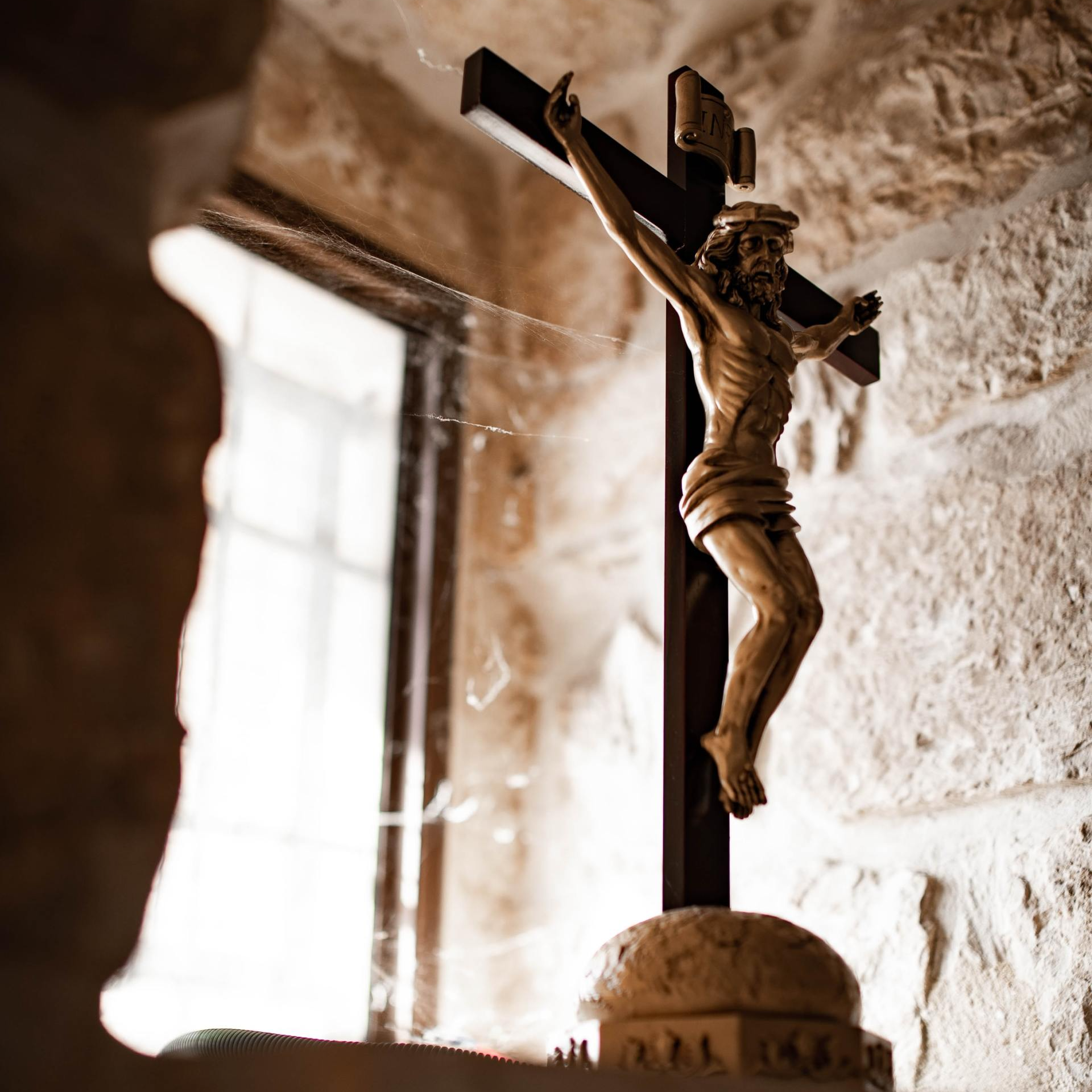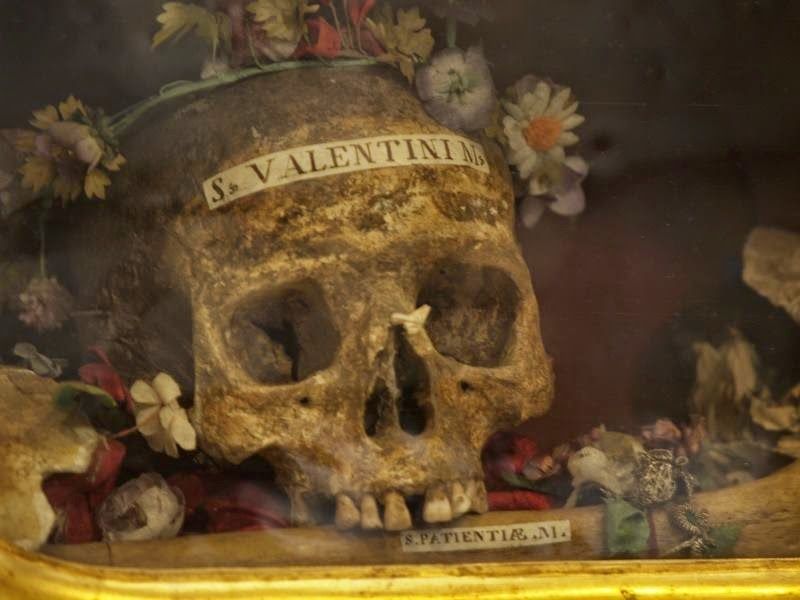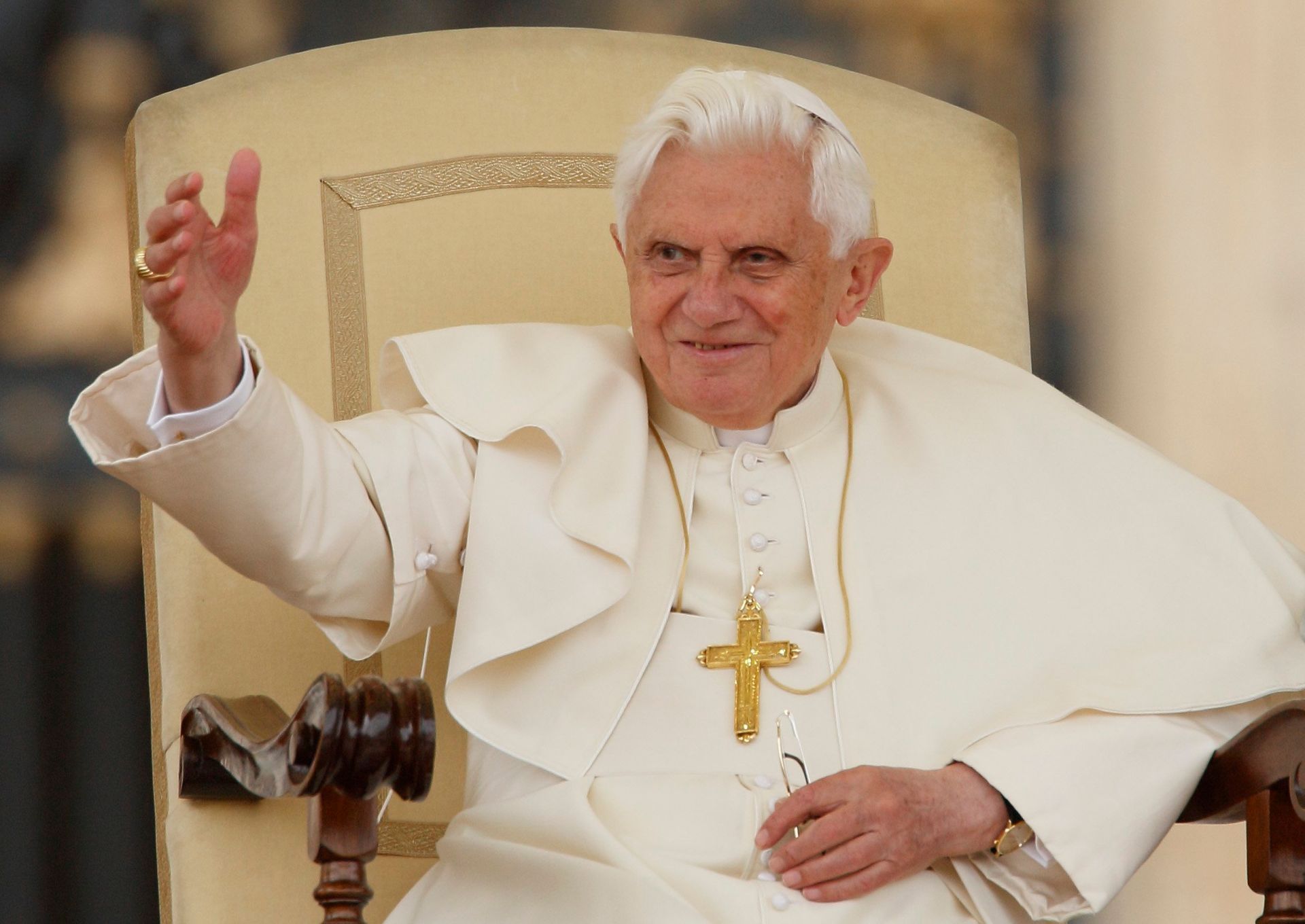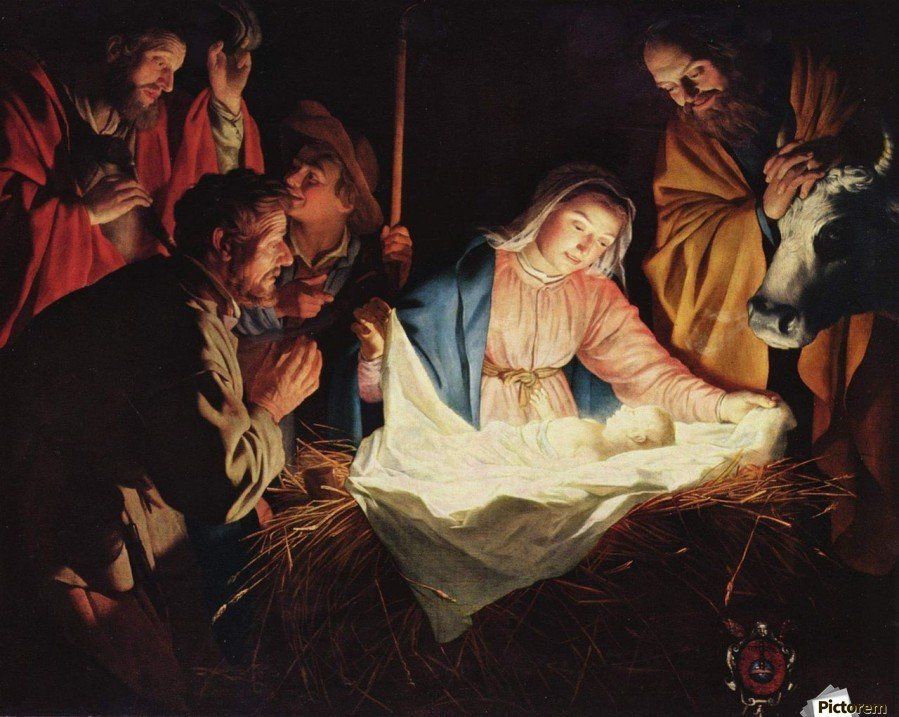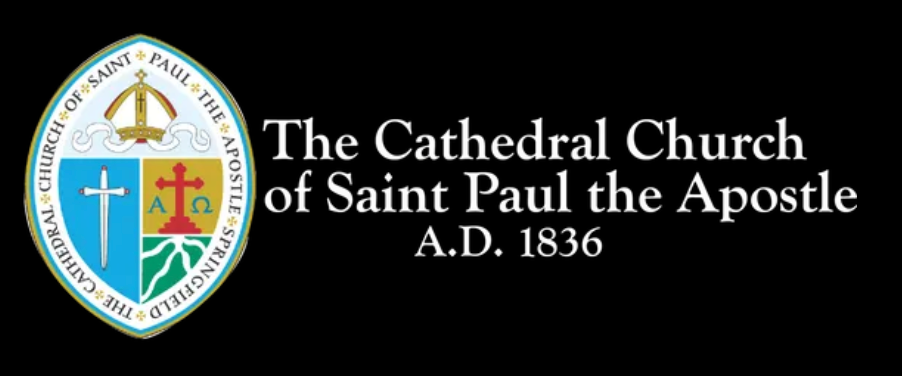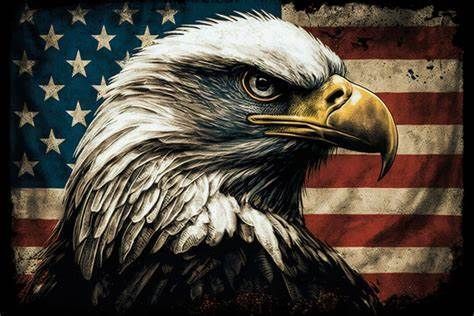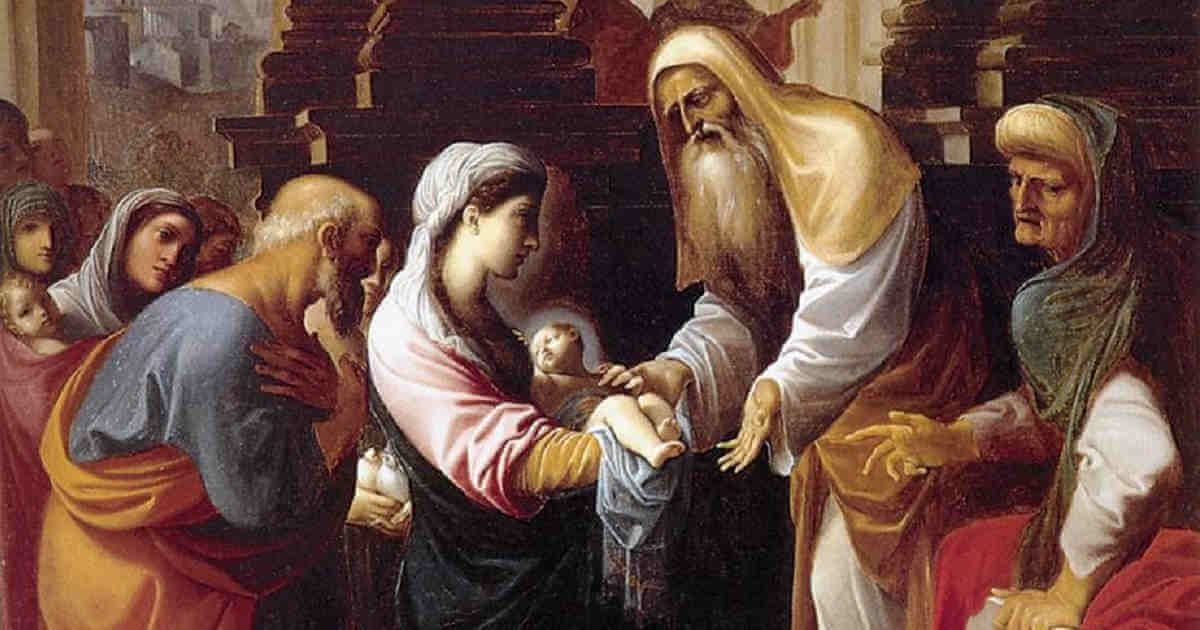Sermon for Advent 2
The Four Phases of Time
One of the many things I found fascinating when studying to become an Episcopalian was the thought of time. Wikipedia says that “Time is the continued sequence of existence and events that occurs in an apparently irreversible succession from the past, through the present, into the future.” For most of us in the West, we would say that time is linear. It begins at a certain place and ends at a certain place.
But does it? Did time begin? Was there a time when time was not? Furthermore, will there ever be a time when time is no more? If time only exists because humans insist on measuring the days, then perhaps time will cease to exist when humans cease to exist.
If this is the case than time is a human construct and is rather useless to the rest of the universe. However, what if time were not a human construct but rather a creation of God? What if time was created by God and was used as a medium to draw us towards Himself?
This is when things get interesting. Though the West may see time as linear, the Church sees time, in the liturgical sense, as flowing and overlapping. For the Christian, time is not fixed to a secular calendar but is connected to the celebrations of the Church.
A prime example is First Sunday of Advent. For the world it is just another Sunday but for Christians it is the beginning of a new year. Within our litugrical calendar and within our Sunday liturgy, time exists in four phases.
The first phase of time is linear. Mass begins and Mass ends. You come to church and you go home. 8 am turns into 9 am which turns into 10 am and so on and so forth. Linear time.
The second phase of time is Christocentric, it revolves around the life of Jesus Christ. Every year we celebrate the full life, death, and life of Jesus and we celebrate it vividly. The color of Advent is blue, the color of the Blessed Virgin, and Advent is about the prophecies of the Messiah’s birth. The Christmas Season is white, for purity, and it is about the birth of Jesus. The next season is Epiphany which can be either white or green, and focuses on the revelation of Jesus to the Gentiles. Then comes Lent and purple for penitence. Lent sees us walking with Jesus towards Golgotha and the salvation of the world. The purple turns to black as we mourn our Lord at His Crucifixion. But black is fleeting and soon white returns as Jesus is risen from the dead and ascends into Heaven. Jesus then sends the Holy Spirit on Pentecost and we go to red for the fire of the Spirit. Then we go to green and grow in the Lord while reading of His teachings and parables. All until we coem to the last Sunday of the litrugical year, Christ the King, where we celebrate the return of Jesus in great triumph. The year is Christocentric.
The third phase of time is a pilgrimage. It is no mistake that our traditional churches are built the way there are. At the entrance to the church is the baptismal font for the way to begin the Christian journey is to be baptized. We recall John Bunyan’s Pilgrim’s Progress when some robbers climb over the wall and fail to enter the King’s Highway by the gate. Those men do not last long on the way. Baptism is the entrance rite of the Church and that it why the font is the first thing you come too. After the font is the Nave, a place to sit, relax, and worship the Lord. But the time of the Nave does not last forever and soon you are up and coming towards the front for the Eucharist.
You will notice that the aisle takes the form of a cross and for you to come up front to the Altar you must walk the Way of the Cross. And up at the front is the goal. If the font is the beginning then the Altar is the end. The Altar is Heaven, the Great Eucharistic Feast, and it is our desire to be there. Your pilgrimage from the font to the Altar every Sunday is also emblematic of our lives which, we hope and pray, will one day end in the grace of God and we will stand before the Lord in Heaven. One might say that every Sunday is a rehearsal for our deaths as we prepare to meet the Lord in glory and splendor.
The fourth phase of time is eucharistic. It is in fact not the progression of time but rather the suspension of time and it occurs in that small space behind the Altar Rail. It is there, on that stone altar, where God makes Himself manifest in the Bread and the Wine. God Himself becomes present and thus Heaven and Earth are joined and, in that union, time bows in obedience to Christ.
When you go up to the rail and kneel, I know that it may seem mundane, but the reality of what is happening is far from ordinary. In that moment when your knees hit the pads you have entered into the Shekinah glory of God Most High and are transported.
You are there at the Last Supper seated with the Apostles receiving the Bread and Wine from Jesus Himself. You are at the Garden of Gethsemane where Our Lord seeks the Will of God and not His own. You are at the foot of the Cross where our Lord pardons the penitent thief. You are at the Empyt Tomb rejoicing with Mary Magdalene that Christ is risen. In the Eucharist you are at all these places at one and, to the greater glory of God, you are at the banquet table of eternity and you are sharing the holy meal with the saints of the past, present, and future. In Holy Communion, the Lord has returned and the salvation of the world has been accomplished.
And then, we return to our linear lives forever changed, forever knowing that there is something greater than the clock betrays.
Time is linear, it is Christocentric, it is a pilgrimage, and it is eucharistic. Time is the purview of God and as Christians, lets have the time of our lives. Amen.
From the Dean's Stall
